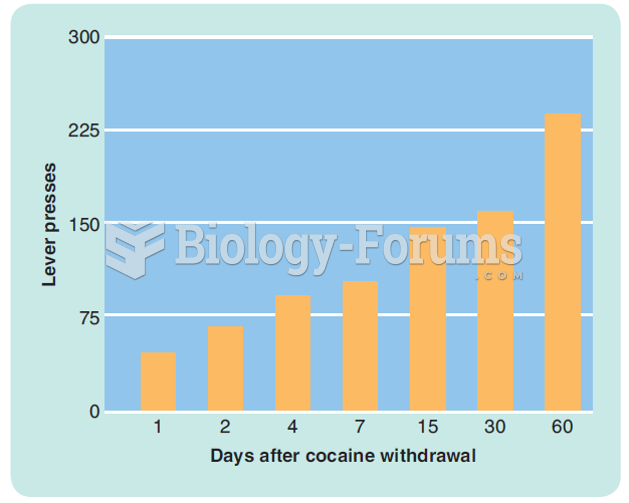Answer to Question 1
Correct Answer: 1,2,4
Rationale 1: Antihypertensive medications can cause erectile dysfunction. This client will need additional education about this possible side effect.
Rationale 2: Estrogen can cause an increased risk for thrombolytic events, especially in clients who have a positive family history.
Rationale 3: Men at this age usually already have some degree of enlargement of breast tissue due to decreasing testosterone and would not necessarily need additional education to prevent medication nonadherence.
Rationale 4: Some acne medications cause increased hair growth in a male pattern, such as on the face. While controlling acne is a goal, the client may not want the extra hair growth.
Rationale 5: Although estrogen therapy can result in breast enlargement, men at this age usually already have some degree of breast enlargement due to decreased testosterone levels.
Global Rationale: Antihypertensive medications can cause erectile dysfunction. This client will need additional education about this possible side effect. Estrogen can cause an increased risk for thrombolytic events, especially in clients who have a positive family history. Some acne medications cause increased hair growth in a male pattern, such as on the face. While controlling acne is a goal, the client may not want the extra hair growth. Men at this age usually already have some degree of enlargement of breast tissue due to decreasing testosterone and would not necessarily need additional education to prevent medication nonadherence. Although estrogen therapy can result in breast enlargement, men at this age usually already have some degree of breast enlargement due to decreased testosterone levels.
Answer to Question 2
Correct Answer: 1,2,3
Rationale 1: It is important to assess the cultural use of herbs and spices and determine if there may be any interactions with prescribed medications.
Rationale 2: The nurse can assess the client's response to acupuncture and interpret the effects on prescribed treatment with respect for the client's culture.
Rationale 3: Cultures view health and wellness in different ways. An understanding of the client's cultural beliefs allows the nurse to provide better support and guidance.
Rationale 4: As long as the medicine man does not prescribe any herbs, the nurse does not have to discuss this with the provider.
Rationale 5: The nurse need not remove the herbs but rather should discuss possible adverse effects when the herbs are mixed with prescribed medications.
Global Rationale: It is important to assess the cultural use of herbs and spices and determine if there may be any interactions with prescribed medications. The nurse can assess the client's response to acupuncture and interpret the effects on prescribed treatment with respect for the client's culture. Cultures view health and wellness in different ways. An understanding of the client's cultural beliefs allows the nurse to provide better support and guidance. As long as the medicine man does not prescribe any herbs, the nurse does not have to discuss this with the provider. The nurse need not remove the herbs but rather should discuss possible adverse effects when the herbs are mixed with prescribed medications.







